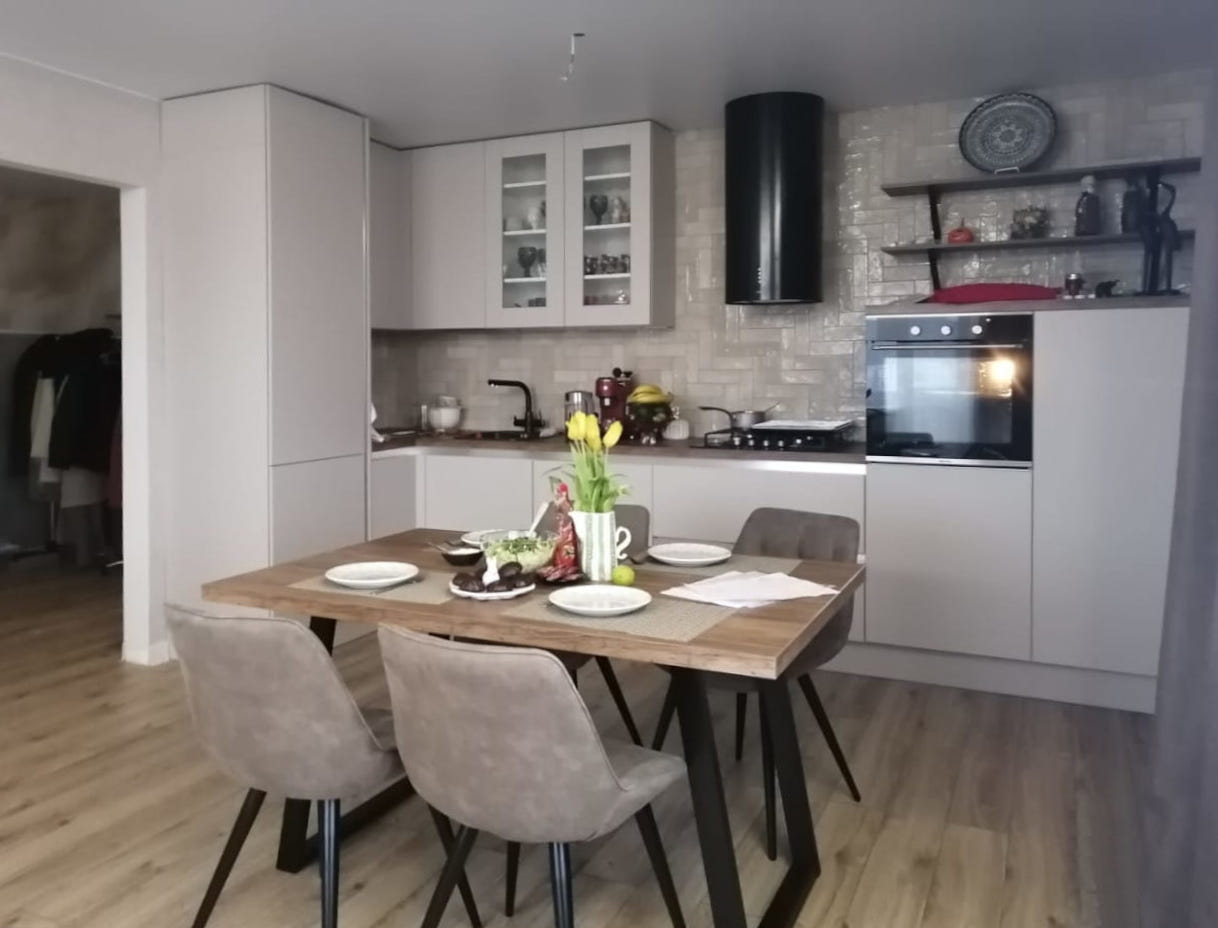
Culinary Spaces Reimagined Elegantly
Culinary spaces, often referred to as kitchens, have long been the heart of the home. They are the arenas where family meals are prepared, where friends gather to share stories over a glass of wine, and where morning coffee ushers in the promise of a new day. However, the way we interact with our culinary spaces is evolving, and with it, the design and functionality of these rooms are being reimagined with elegance and innovation.
The Evolution of Design
In recent years, there has been a dramatic shift in the way culinary spaces are viewed and designed. Gone are the days of isolated kitchens closed off from the rest of the house. Today's designs lean towards open-concept spaces that blend cooking, dining, and living areas seamlessly. This allows for an inclusive environment where the chef of the house can engage with others without barriers. Moreover, it caters to a more social and interactive culinary experience.
Incorporating Technology
Technology has also found its way into modern culinary spaces. Smart kitchen appliances with connectivity to smartphones enable automated coffee machines to brew a cup at your set time or refrigerators that alert you when you are running low on essentials. Touchless faucets, innovative cooking gadgets, and high-tech lighting systems not only make life easier but also add to the refined aesthetic of the modern culinary space.
Material and Color Palette
When it comes to materials, there is a move towards using sustainable and high-quality elements that not only look good but are designed to last. Natural stone countertops, reclaimed wood cabinets, and sleek glass backsplashes are just a few examples that combine elegance with sustainability. The color palettes have also evolved, with more designers leaning towards soothing, neutral tones that create a warm and inviting space. Accented colors are used strategically to add depth and character to the kitchen.
Functional Layouts
The layout of the culinary space is paramount in achieving a blend of form and function. It is not only about beauty but also about efficiency. Ergonomic designs ensure that everything is within reach, and the movement between the stove, sink, and refrigerator – often referred to as the kitchen triangle – is smooth and logical. Customized storage solutions hide clutter and create a sleek look, while ensuring that every utensil or ingredient has its place.
Lighting and Ambiance
Lighting is another area that has transformed culinary spaces. It is used not only for practicality but also to create different moods in the space throughout the day. Layers of lighting, from ambient to task lighting, are utilized to enhance both the functionality and the aesthetics of the kitchen. Elegant pendant lights over the island or under-cabinet LED strips can add an element of sophistication, while also serving a functional purpose.
Conclusion: The Heart of the Home
In reimagining culinary spaces, we see a marriage between tradition and modernity. Kitchens are no longer just places to cook; they are designed as multi-functional spaces that accommodate our lifestyles. Through elegant design, thoughtful layout, and the integration of technology, today's culinary spaces are becoming even more essential to the homes of tomorrow. As we look to the future, we can expect these trends to continue to evolve, as our love for shared meals and memorable gather-around-the-counter conversations shows no sign of waning.
``` This format includes heading tags ``, ``, and paragraph tags `
` to structure the article as requested.